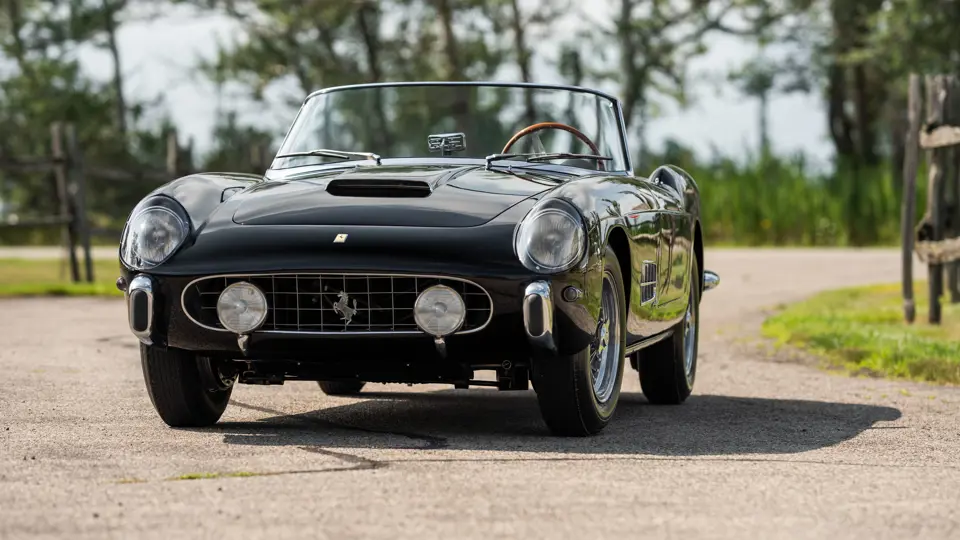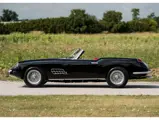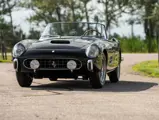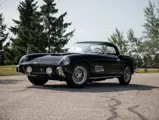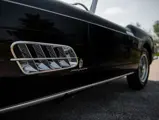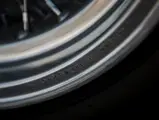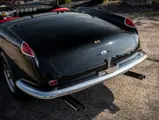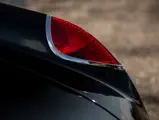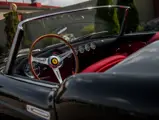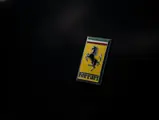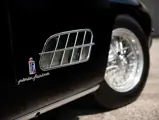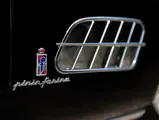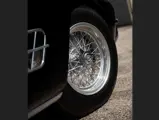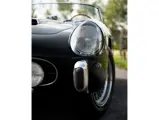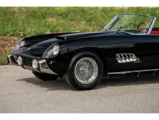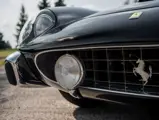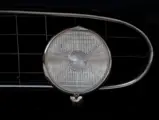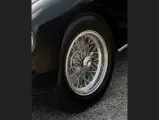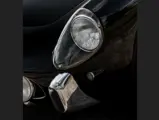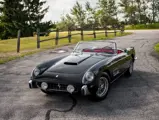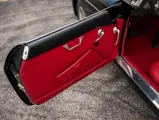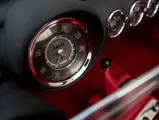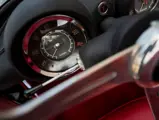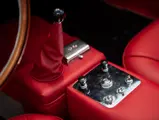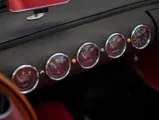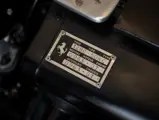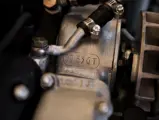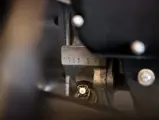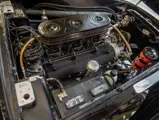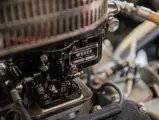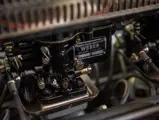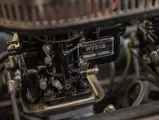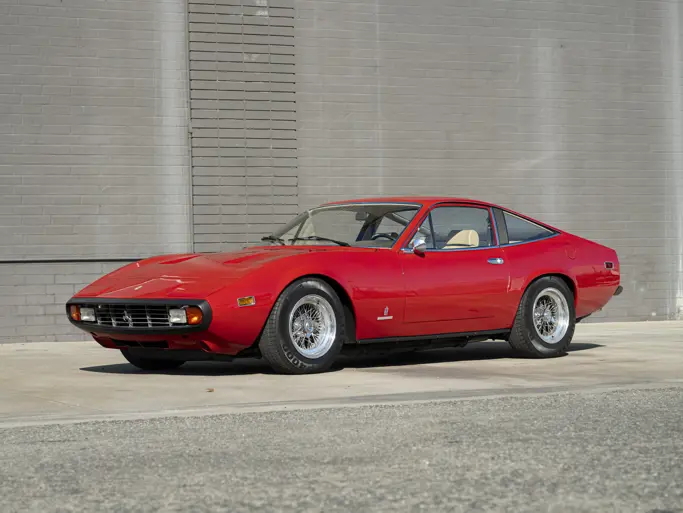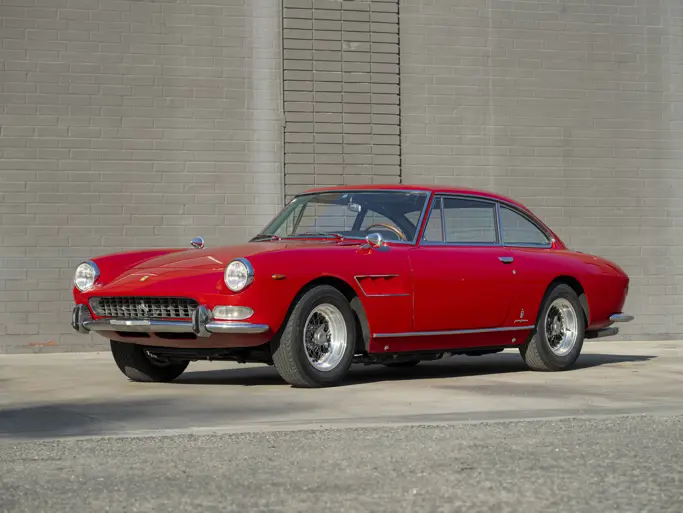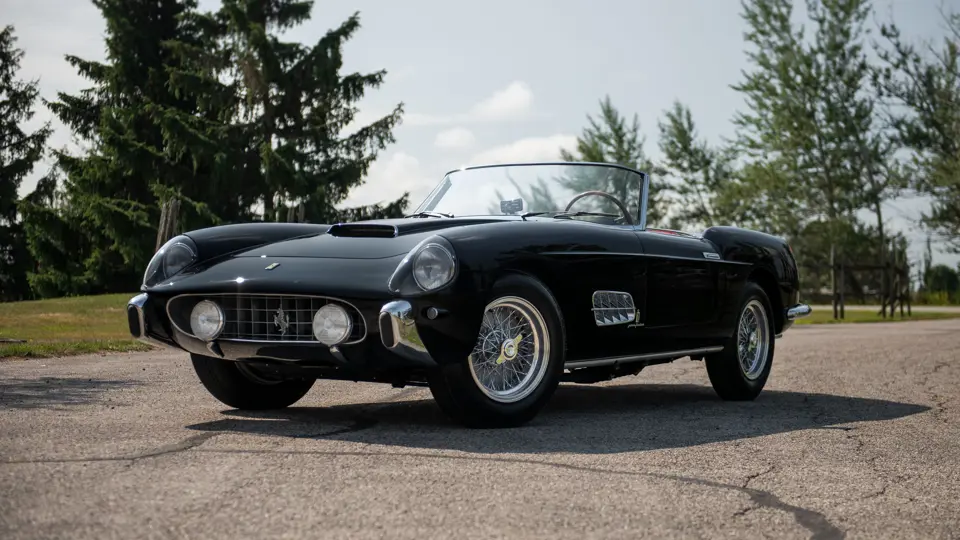
1958 Ferrari 250 GT Cabriolet Series I by Pinin Farina
{{lr.item.text}}
$6,825,000 USD | Sold
{{bidding.lot.reserveStatusFormatted}}
- One of only five examples delivered new in the most desirable configuration with covered headlamps, chrome 410 Superamerica-style fender vents, and bumperettes
- Exhibited at the 1958 Paris Motor Show; sold new to Scuderia Serenissima principal and preferred Ferrari client Count Giovanni Volpi
- Presented in its factory-correct Nero over Rosso interior with matching-numbers engine
- Comprehensively restored in 2001, with engine rebuilt by Patrick Ottis in 2008
- Ferrari Classiche Red Book certification is being completed with all final costs covered by consignor, and the Red Book will be provided upon purchase
- Benefits from over 25 years of ownership by the consignor
- An exquisitely presented example of the rare boutique-production first-series Pinin Farina Cabriolet
The Pinin Farina-bodied cabriolet that Ferrari introduced at the Geneva Motor Show in March 1957 was not only a triumph of design, with its elegant rear haunches, covered headlamps, and long centrally ventilated bonnet, but it was also the car that marked an auspicious milestone in Maranello history as the company’s first series-produced open-top model. While the first two examples were essentially prototypes that visibly varied, sometimes referred to as the Pinin Farina Spiders, the next 38 cars were generally more uniform in design with several different specific variations.
However, despite being the first series-built Ferrari convertible, many experts still consider the Series I Cabriolets to be virtual one-offs, as they were constructed in Pinin Farina’s custom shop rather than on the coachbuilder’s factory floor. Featuring a myriad of customized trim details and differing interior amenities, these cars varied significantly enough from example to example to support the idea that each one was a special bespoke grand touring machine.
In total, only 40 examples of the first-series Pinin Farina Cabriolet were built before the model gave way to a mid-1959 redesign that was intended to further differentiate the Cabriolet from the California Spider. Shortly before the brief run of first-series Cabriolets came to end, the cars benefited from the introduction of a stronger and much stiffer chassis that simultaneously came into use with the competition 250 GT Tour de France berlinetta. These new chassis were also utilized on the 250 GT LWB California Spider. Ever a work in development, Ferrari’s V-12 road car chassis was now dubbed the Tipo 508D, succeeding the 508B and 508C. With a competition derived chassis and the ever-formidable Tipo 128C “Colombo” short-block V-12, the first-series cabriolets were not only beautiful to behold, but were capable of exhilarating road performance as well, representing the pinnacle of open-top grand touring in the late 1950s.
COUNT VOLPI’S CABRIOLET
Boasting a very desirable configuration of features, this exquisite Pinin Farina Cabriolet is notable for initially being owned by one of Ferrari’s most famous preferred clients. According to the research of marque expert Marcel Massini, chassis number 0963 GT is the 30th car produced. Dispatched to Pinin Farina for coachwork in May 1958, the 250 GT was built in the most desirable configuration (featuring covered headlamps, chrome 410 Superamerica-style side-vents, and bumperettes), and it was finished in Nero Tropicale IVI paint over an interior of Rosso VM 3171 Connolly leather, the only example of five built in this most desirable specification to be ordered new in black.
Issued a certificate of origin in August 1958, the Ferrari was first sold to Count Giovanni Volpi di Misurata, the well-known Maranello client and privateer racing driver who headed the Scuderia Serenissima di Venezia, and was later a founding principal in the ATS marque. The cabriolet was one of the earlier Ferraris to be acquired by Volpi, commencing a distinguished list that would include a 500 TRC, a 400 Superamerica, a 250 Testa Rossa, a 250 GT California Spider, a 250 LM, two 250 GTO examples, and several 250 GT SWBs. While enjoying special care in the Count’s burgeoning collection, this Series 1 cabriolet was lent to the factory for display at the Paris Salon in October 1958.
Sometime during the early 1960s the Ferrari was exported to the United States and sold to George Smith of Malibu, California. In a not uncommon practice, the cabriolet’s engine was removed and sold in the summer of 1964 by the well-known Otto Zipper Motors in Los Angeles to David Love of Berkeley, California, who installed the unit in a 250 Testa Rossa (chassis number 0754 TR). A year later Love removed the engine and put it into storage.
The 250 GT Cabriolet was acquired around this time by Jack Crawford of Long Beach, and he retained possession for over a decade before selling the car in November 1979 to Jim Riff of Barrington, Illinois. Riff set about a comprehensive two-year restoration that was conducted by Skip McCabe’s shop in Mundelein, Illinois, and the work included installing the engine and gearbox from chassis number 1119 GT. After the refurbishment was completed in 1982, the Ferrari was presented at the Italian Happening at Greenfield Village in Dearborn, Michigan, where it was photographed for Prancing Horse magazine. A year later the car was the subject of a full color feature in Prancing Horse, penned by the esteemed writer and marque expert Alan Boe.
In July 1983, the 250 GT was exhibited at the FCA National Meeting and Concours d’Elegance at Elkhart Lake, Wisconsin, winning a class award. After an impressive 16-year period of ownership, the Ferrari was sold by Riff in December 1995 to a collector in Asia who has quietly amassed one of the world’s most impressive collections of significant sports cars. In June 1996, the car’s original engine was sourced from David Love, who had stored it for over 30 years, and the 250 GT was reunited with its matching-numbers powerplant. Two months later, 0963 GT was displayed at the FCA Annual Meeting at Watkins Glen, and shortly thereafter the car completed the Colorado Grand.
Two years later Skip McCabe was retained to conduct a comprehensive restoration, with final assembly supervised by the respected Butch Dennison. Among other measures, the coachwork was refinished in black and the interior was re-trimmed with rosso leather, the original factory color combination. In 2008, engine number 0963 GT was treated to a complete rebuild by Ferrari expert Patrick Ottis, and three years later the cabriolet was displayed at the Blackhawk Museum in Danville, California.
Still displaying the benefits of over 25 years of fastidious care within the consignor’s collection, this beautiful first-series Pinin Farina Cabriolet is faithfully presented in the factory color scheme, and it is currently undergoing certification by Ferrari Classiche. The consignor has commissioned the necessary work to finish the Ferrari Classiche certification, and the Red Book will be provided to the next owner upon final approval from Ferrari Classiche with all associated costs covered by the consignor.
Claiming primary ownership by the famed Ferrari client and racing impresario Count Volpi, and finished in the most desirable configuration with covered headlamps, chrome side-vents, and bumperettes, this highly respected 250 GT would make a stupendous acquisition for any enthusiast of important early Ferraris. This rare cabriolet exudes luxurious character, and with its well-restored and capable drivetrain the car’s mechanical performance that will surely bring a smile to the face of any motoring connoisseur.
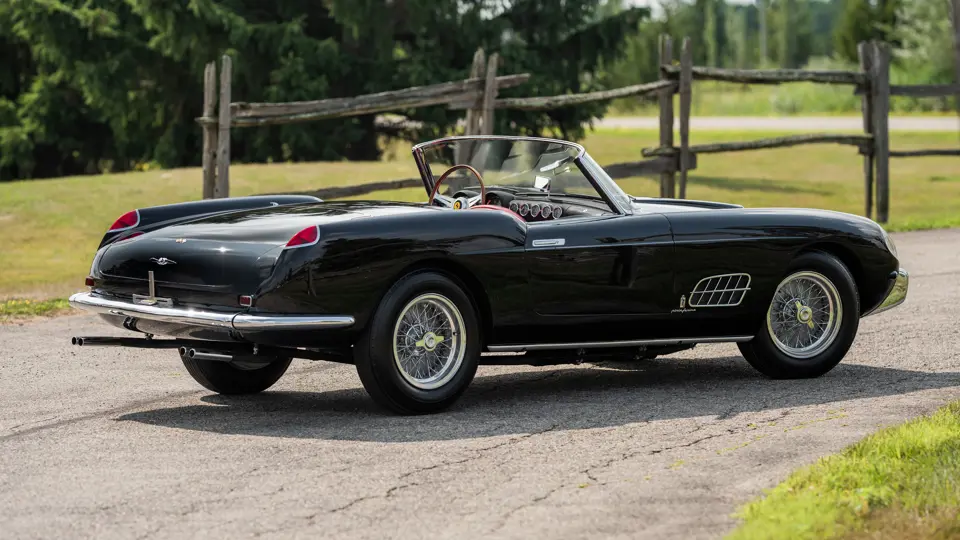
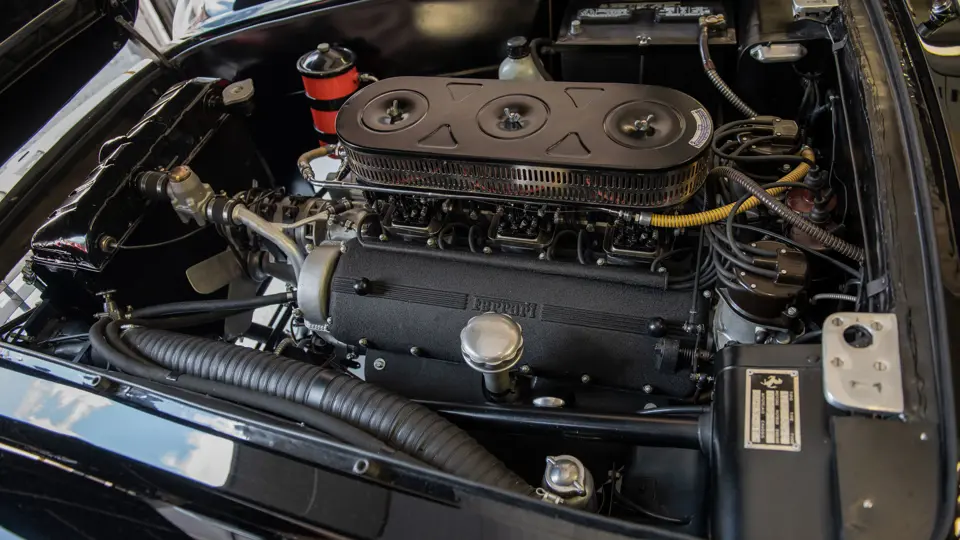
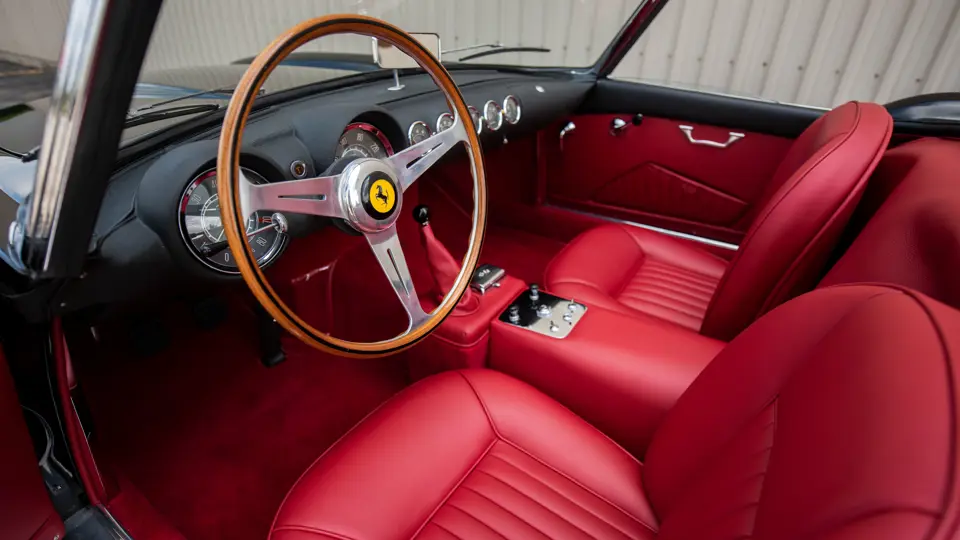

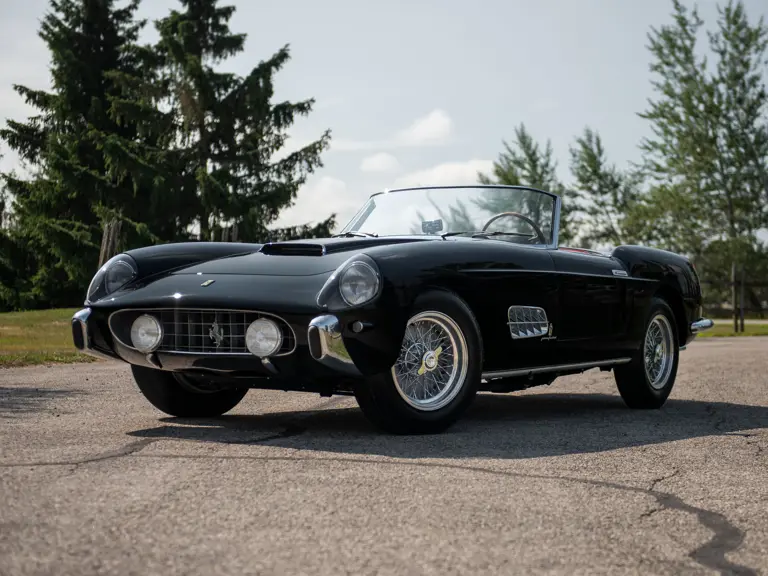
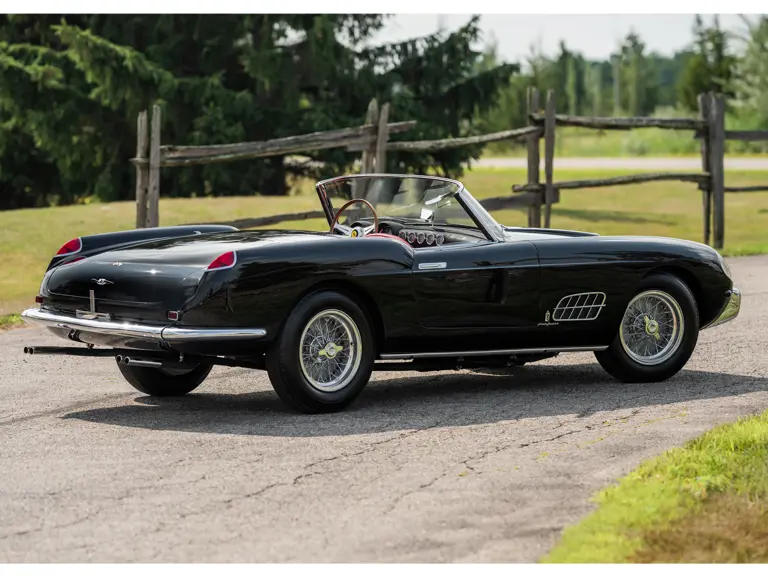

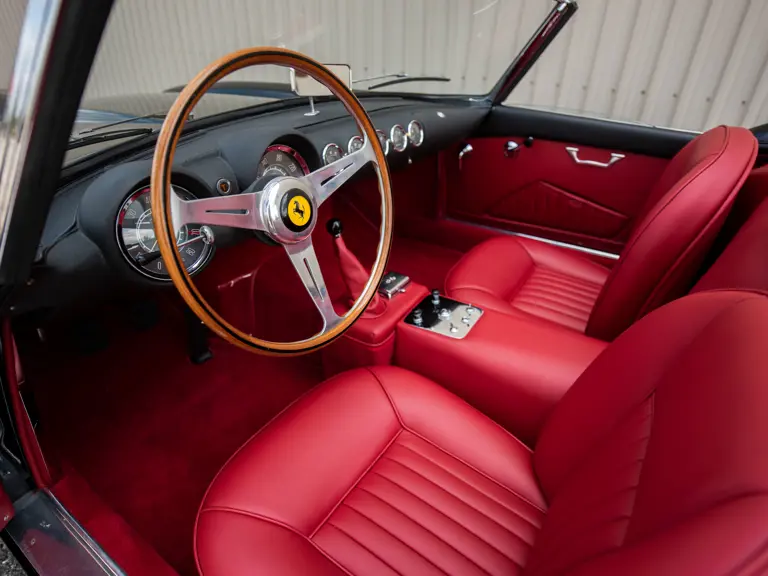
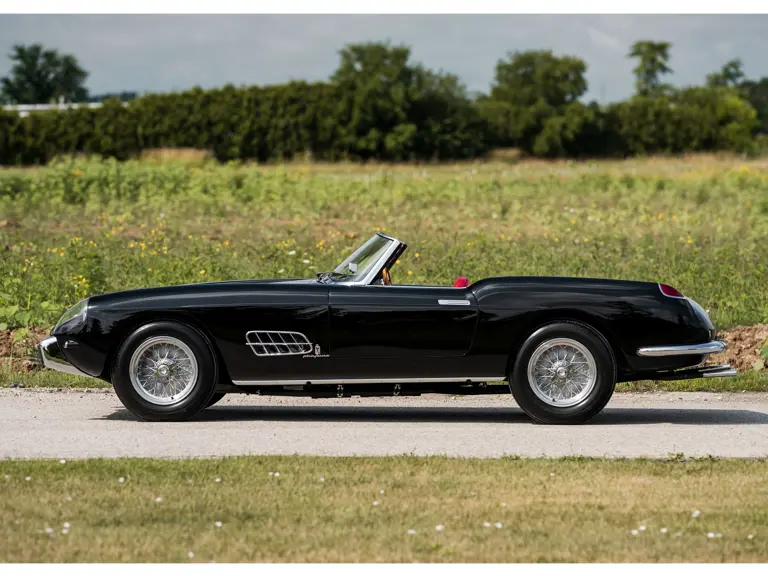
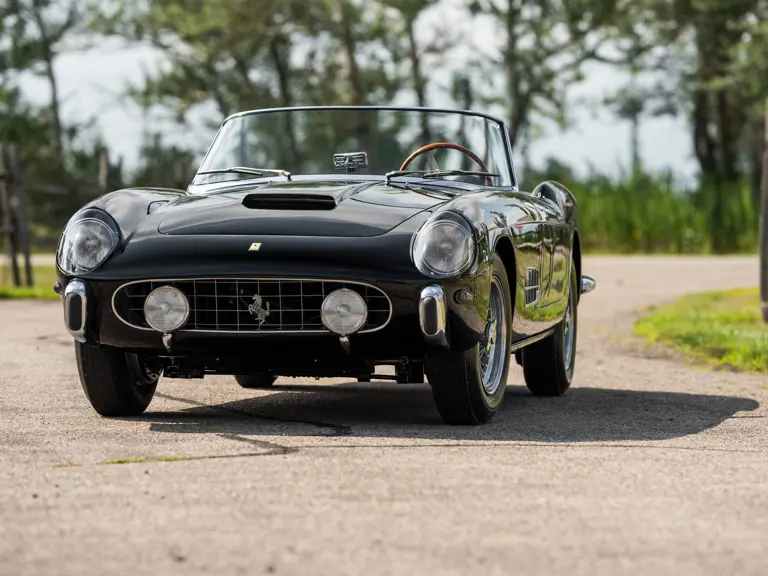


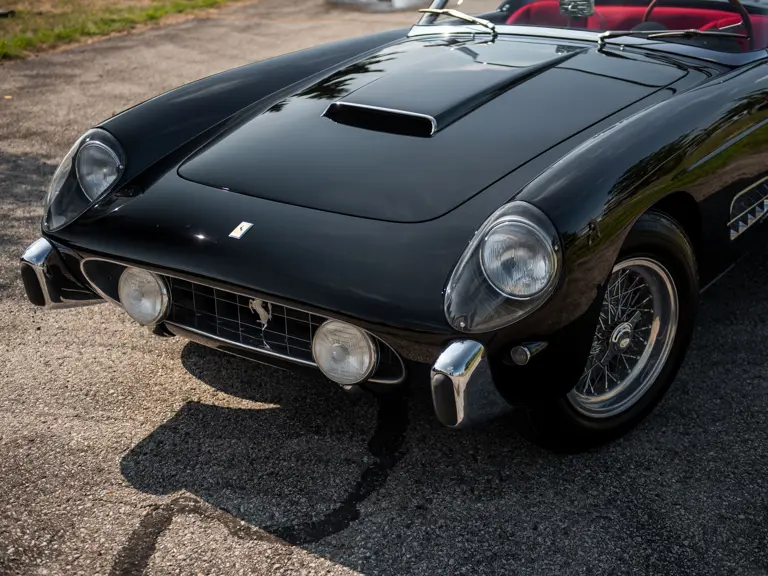
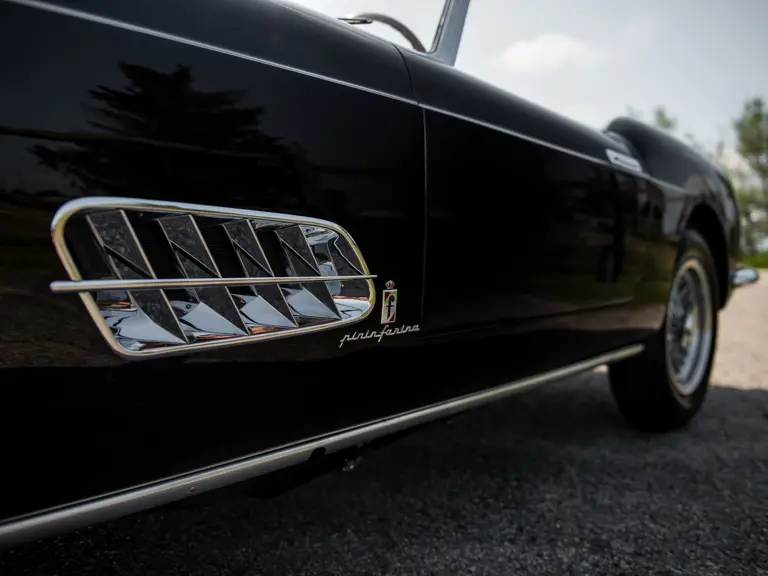
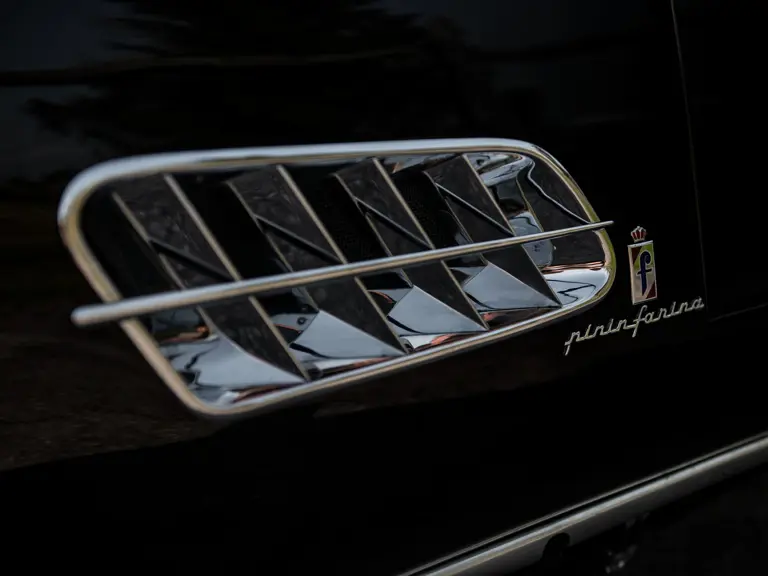

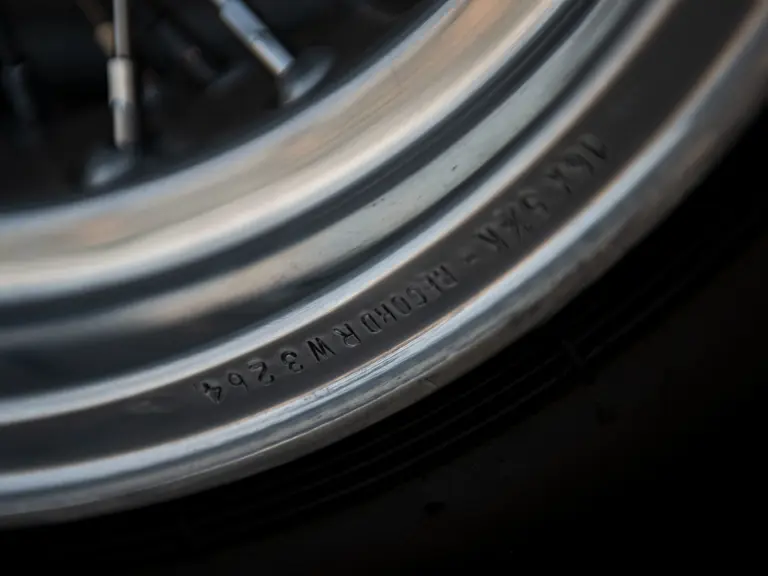

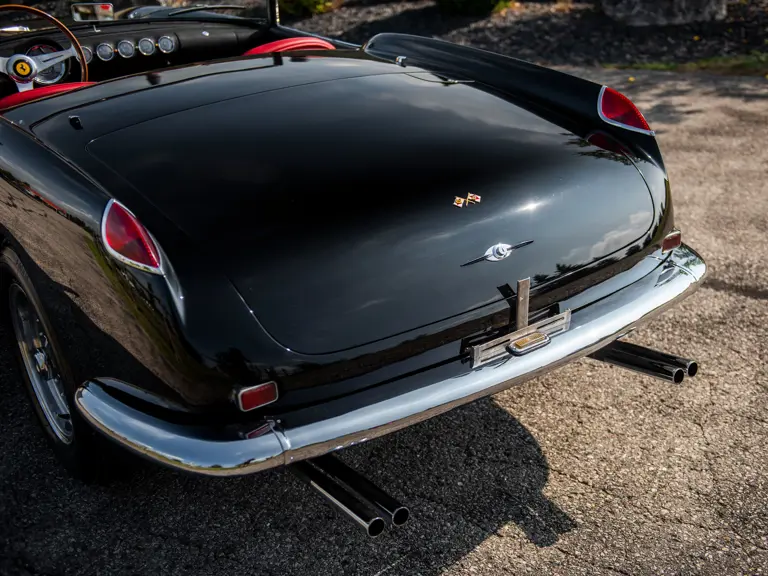
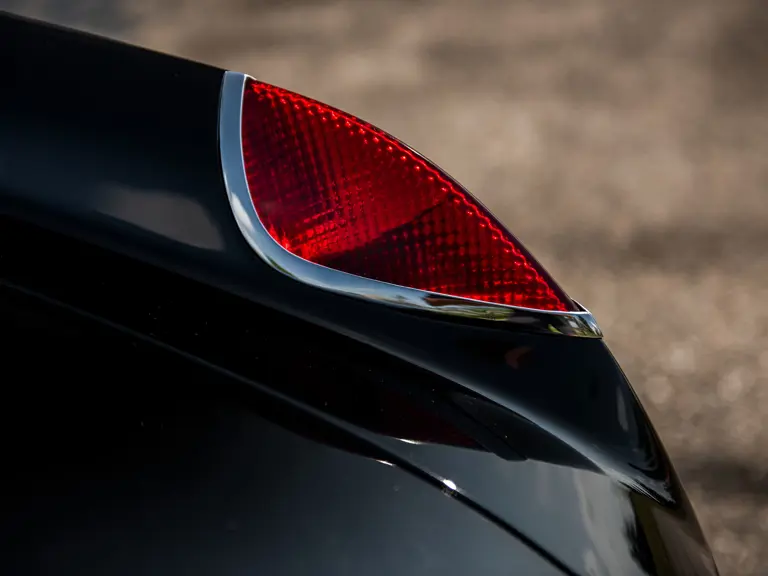

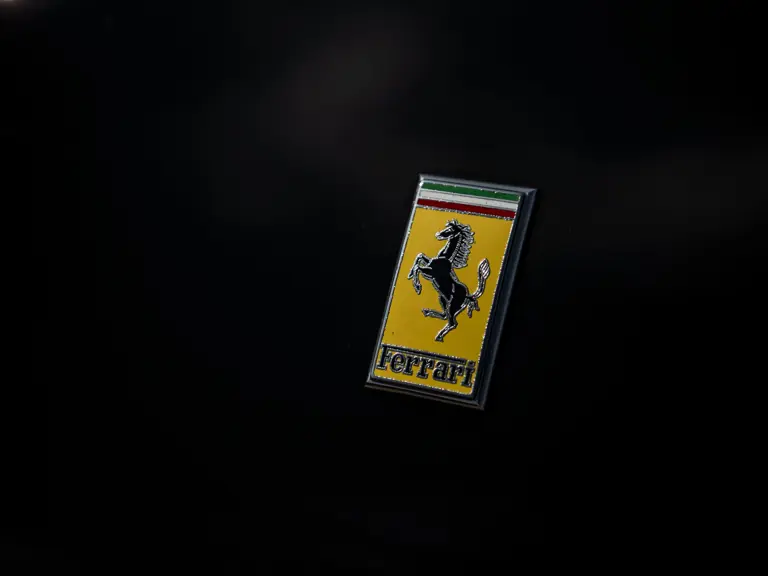
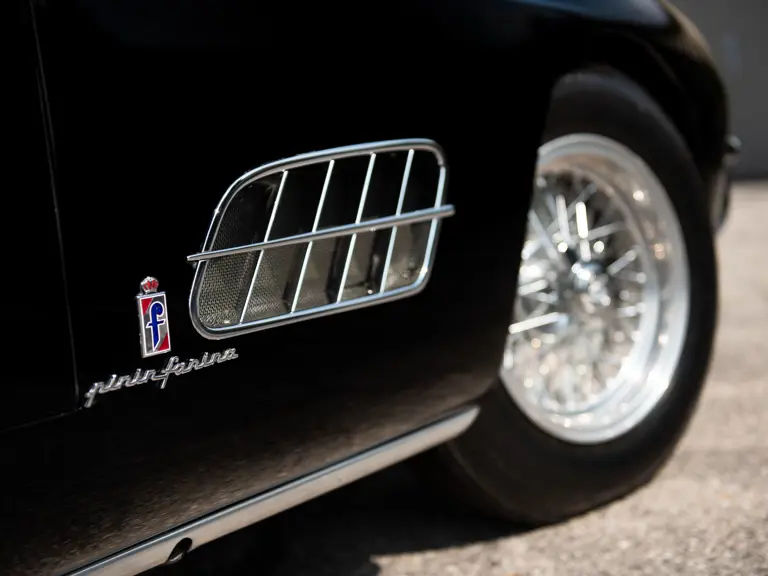
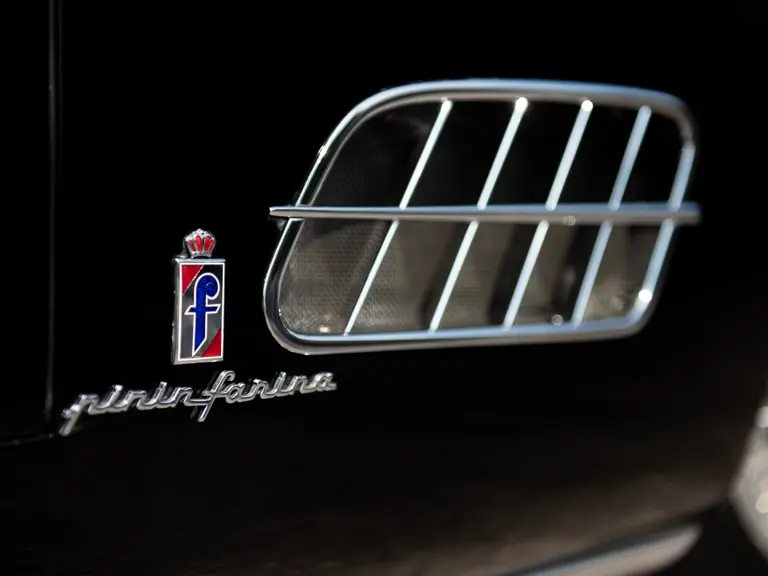

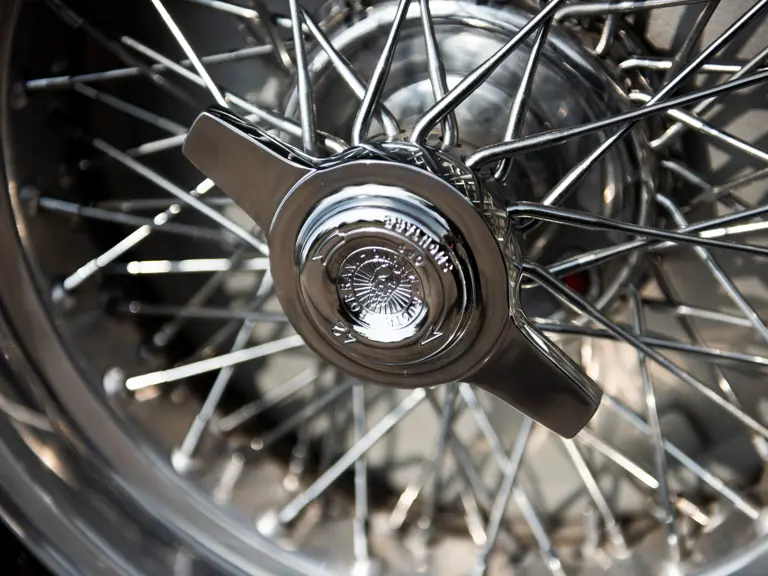

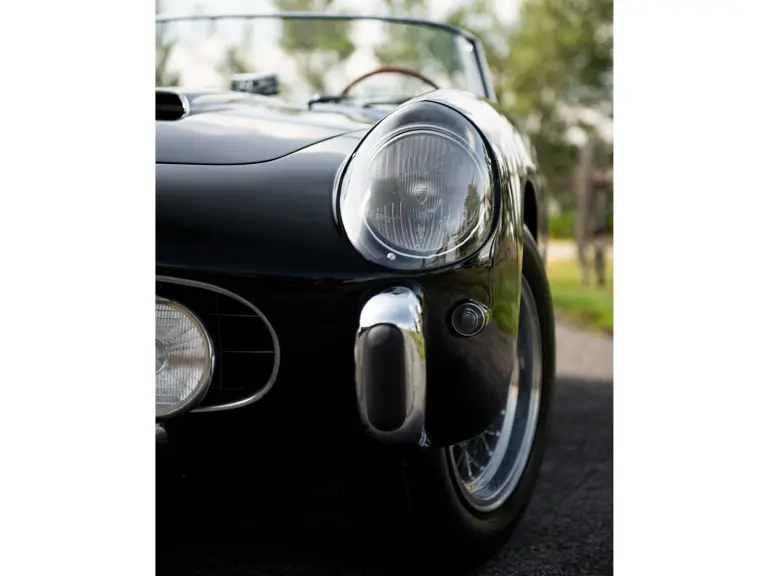
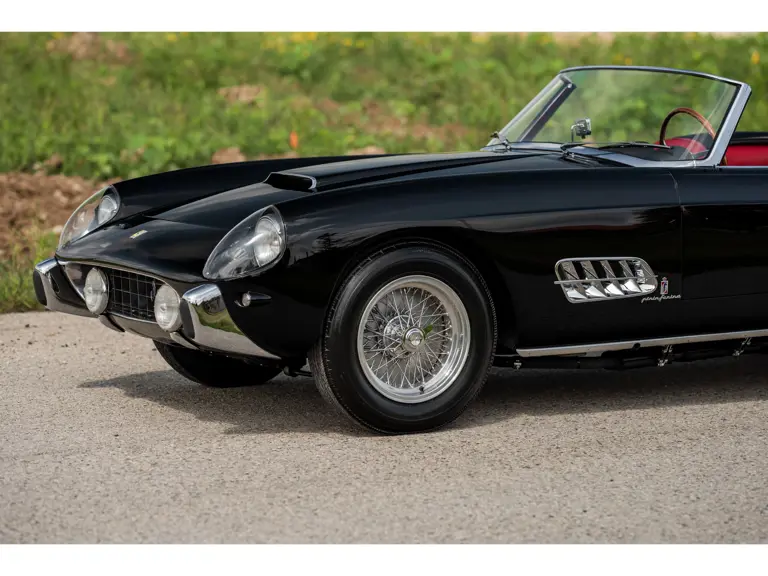
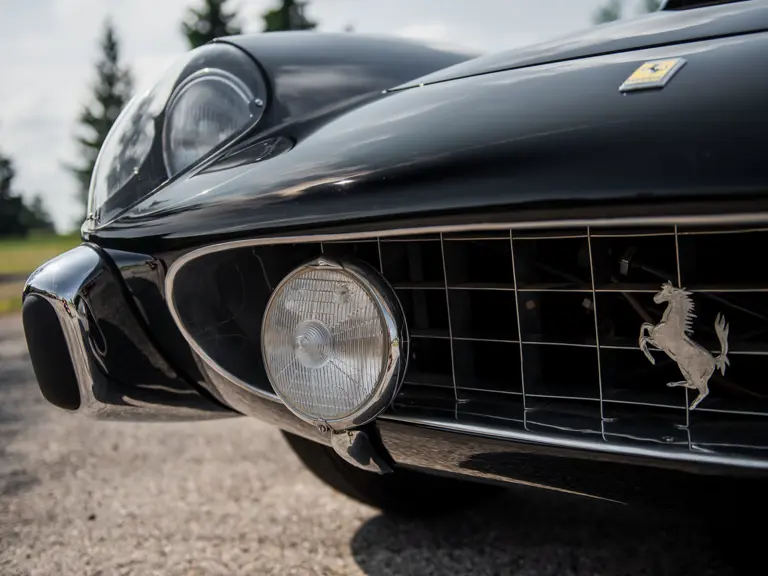
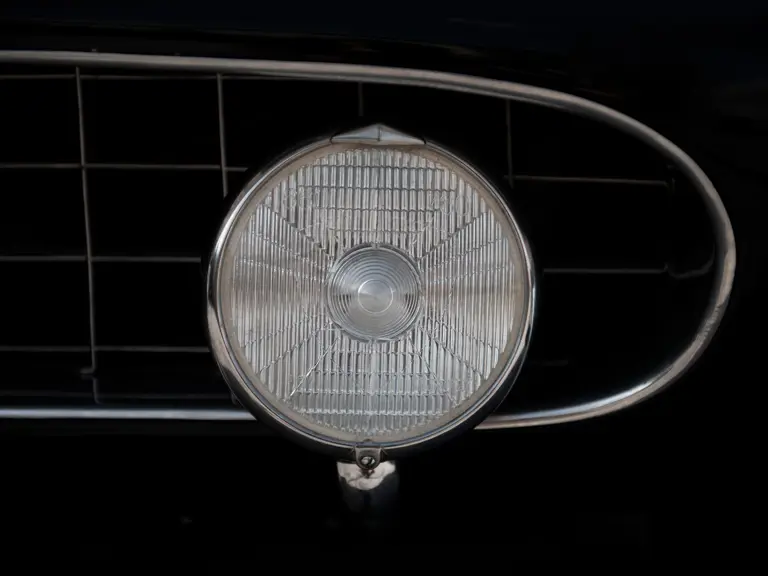

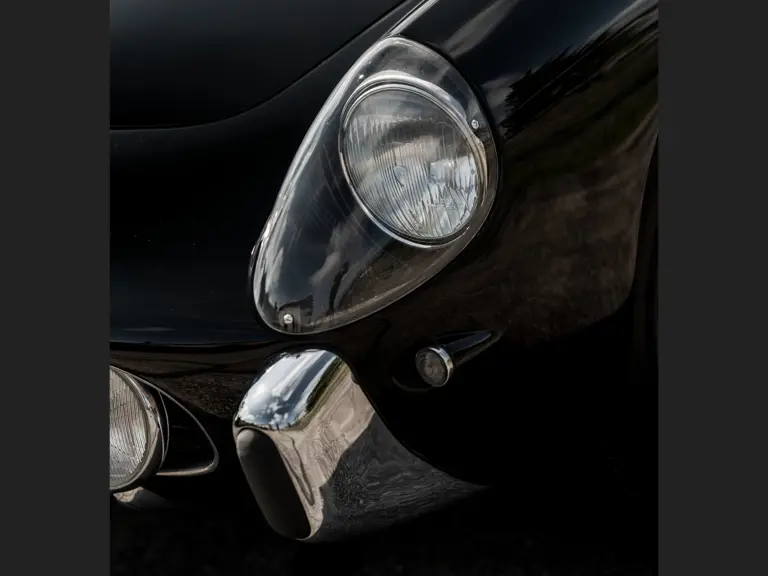

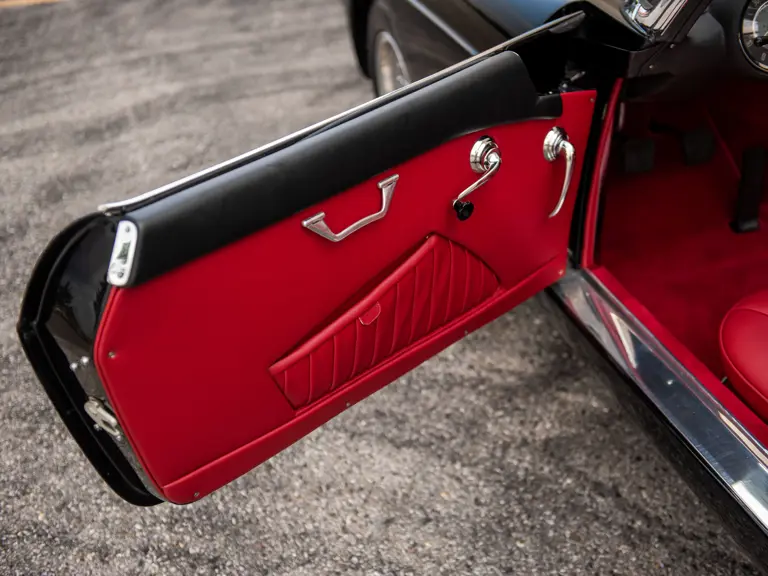
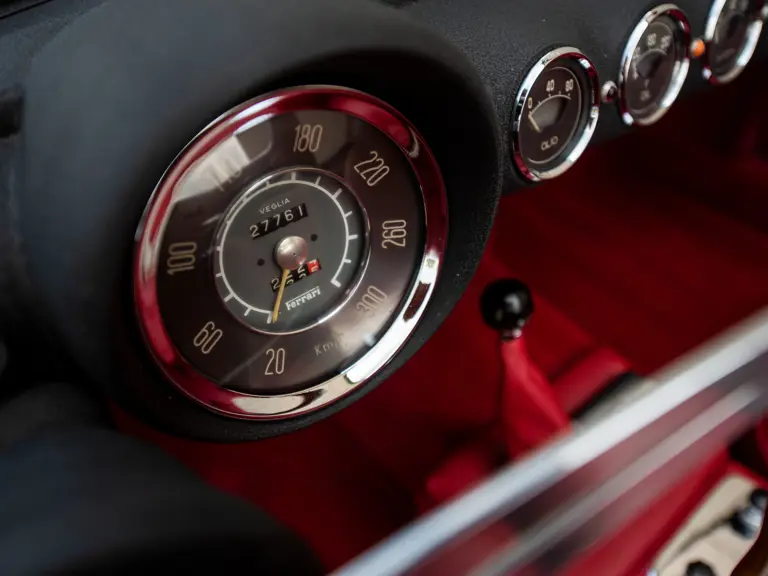

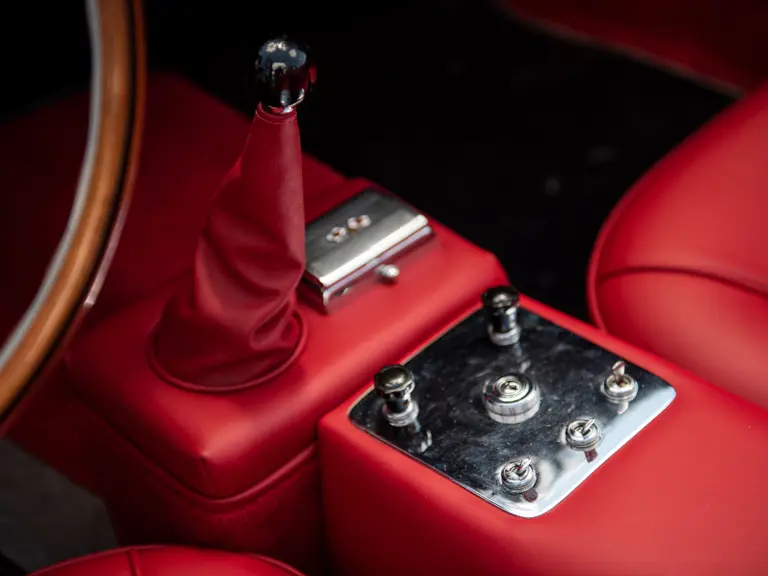

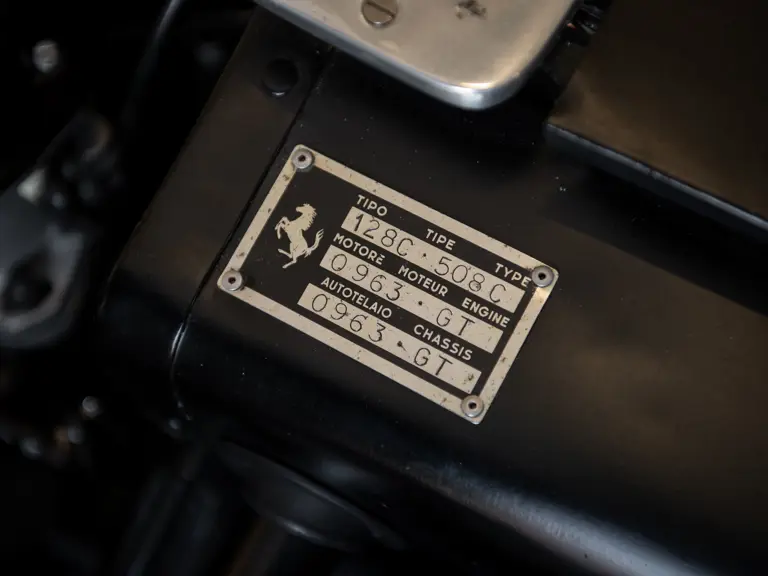
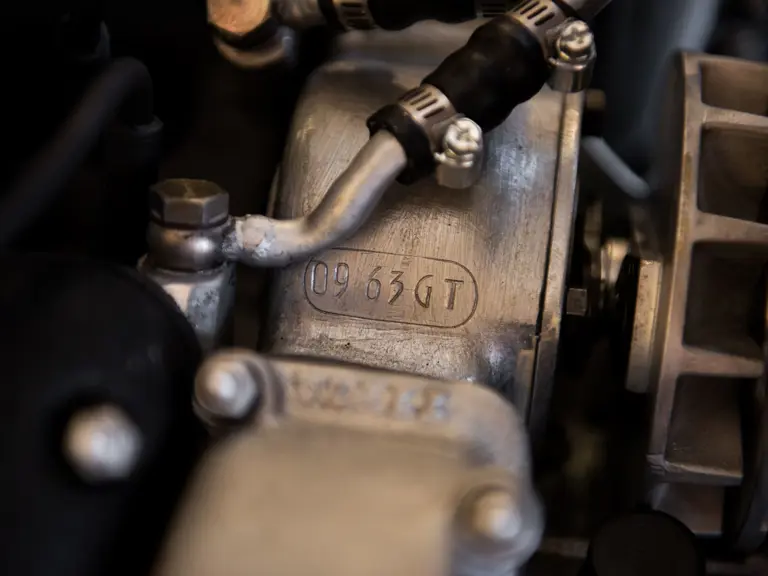
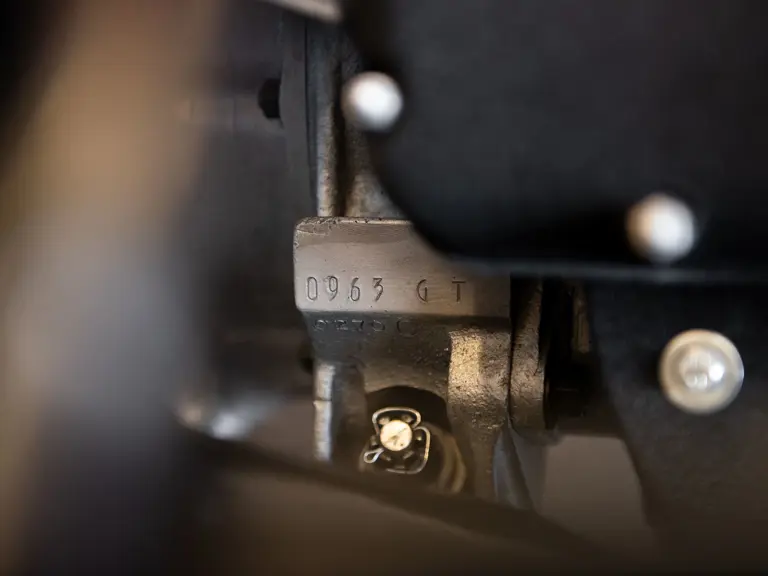
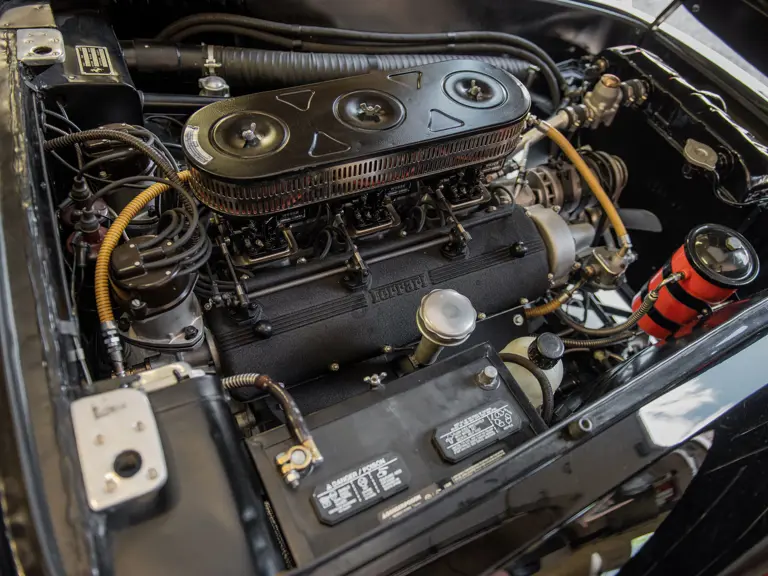
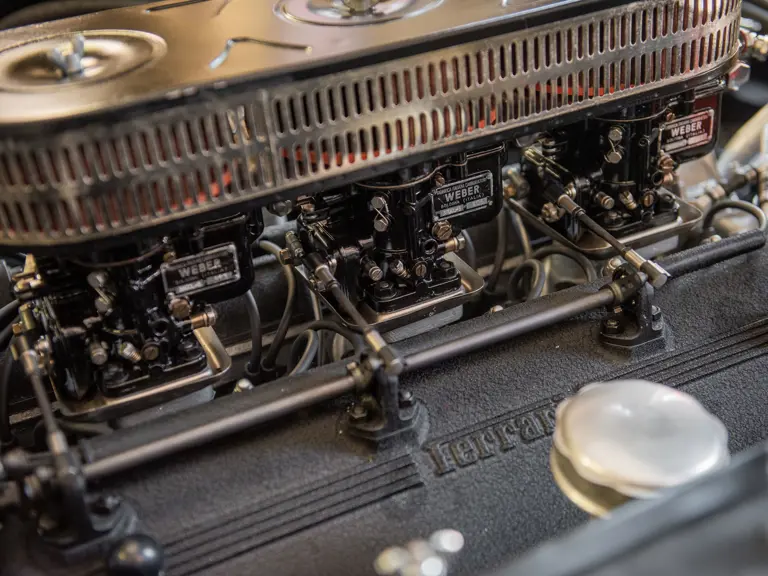

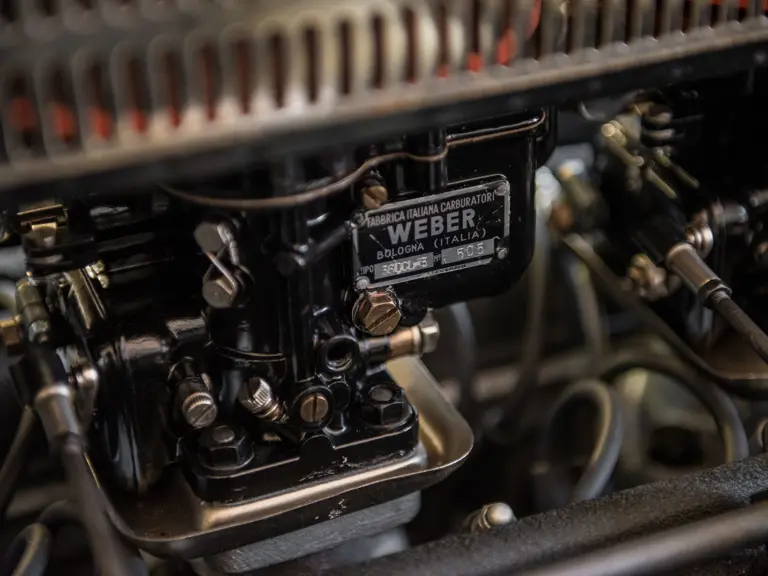
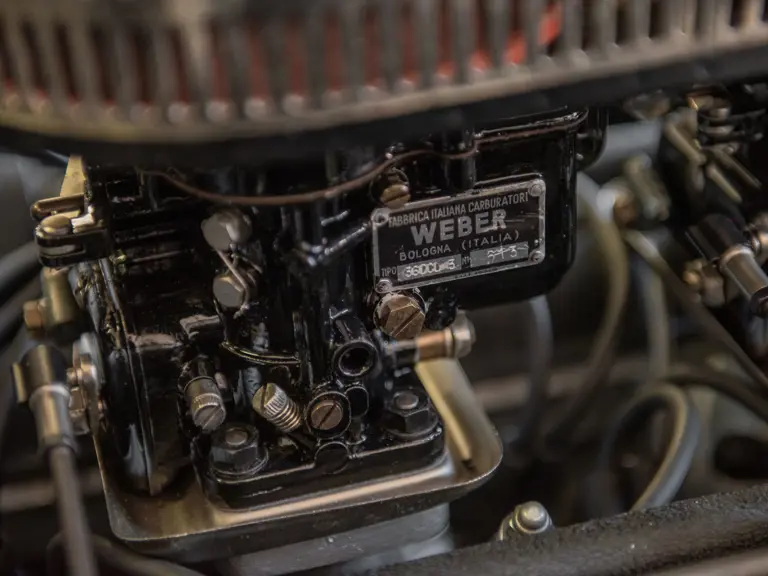
 | Monterey, California
| Monterey, California

